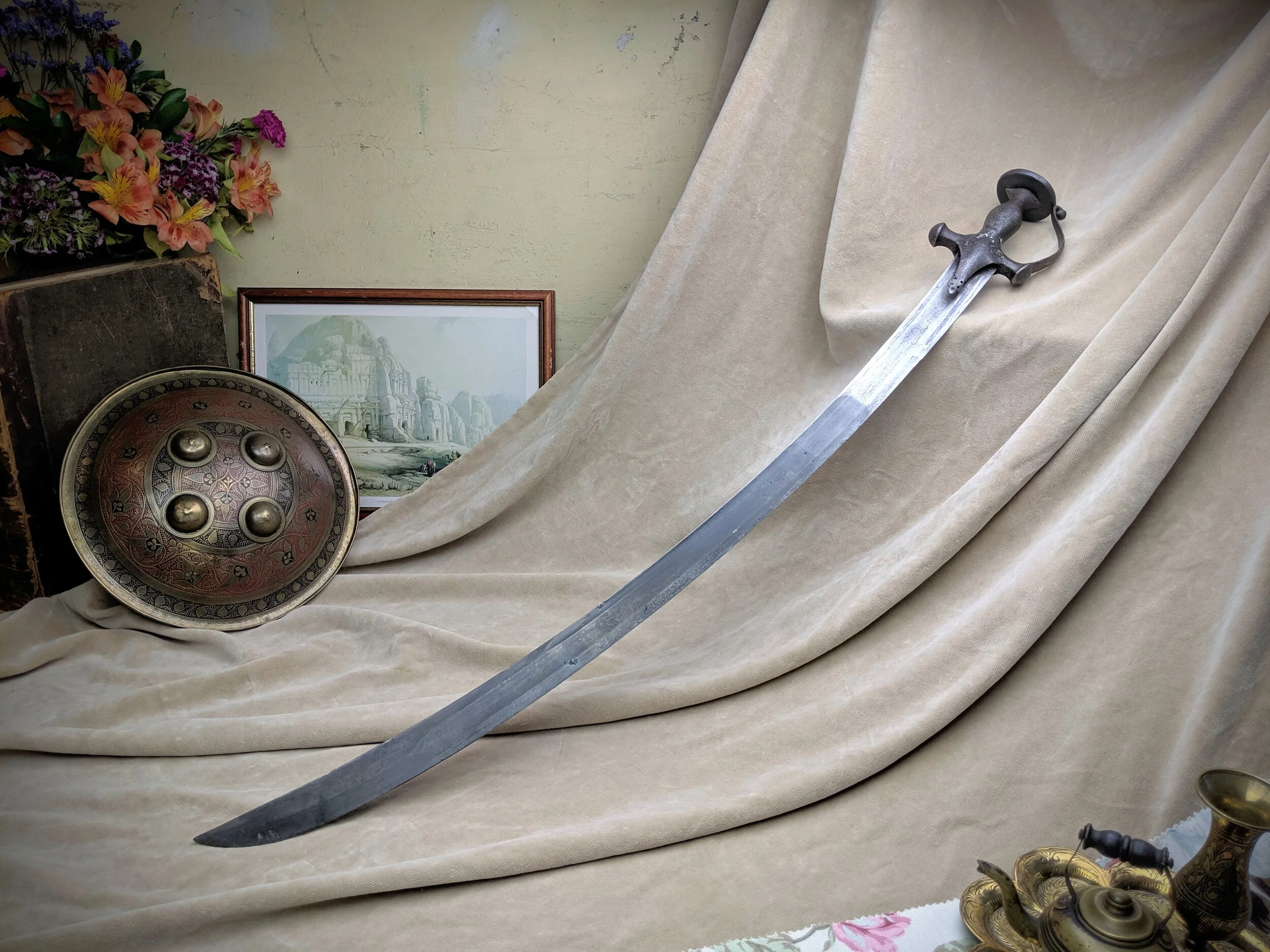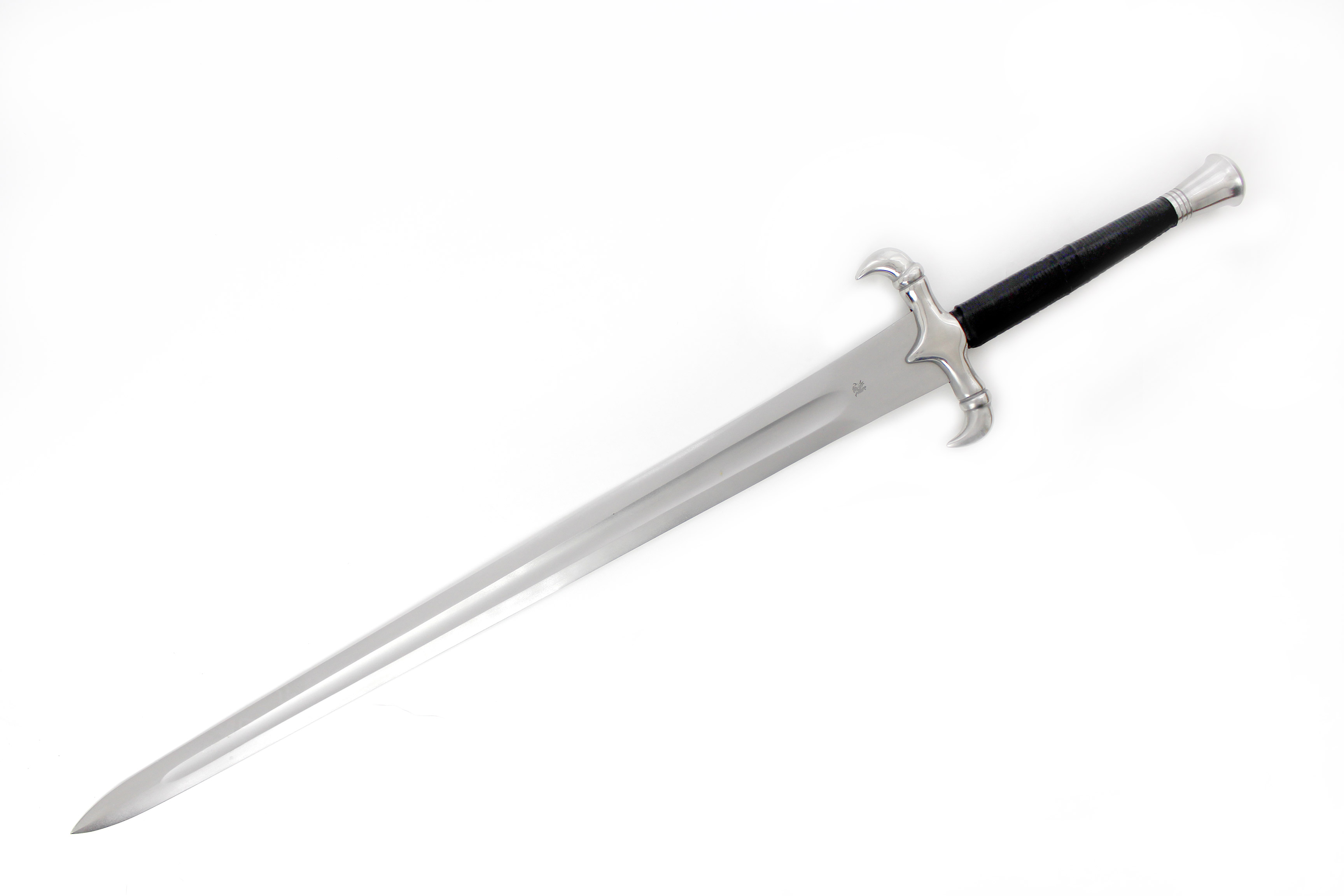Etymology and Historical Context

Sword definition – The word “sword” traces its roots back to the Proto-Indo-European language, where it was known as *ḱerdh-, meaning “to cut.” This linguistic origin reflects the sword’s primary function as a cutting weapon. The term “sword” entered the English language through Old English, where it was known as “sweord.”
The sword, a weapon of war and symbol of power, has been forged in the fires of human history. From the ancient battlefields to the modern-day wordle nyt puzzles, the sword continues to fascinate and inspire. Its sharp blade and intricate designs speak to the ingenuity and craftsmanship of its creators.
Throughout history, swords have held immense cultural and symbolic significance. In ancient Egypt, swords were associated with power and divinity, often carried by pharaohs and gods. In medieval Europe, swords were symbols of chivalry and social status, with different types of swords denoting the rank and prestige of their owners. In Japan, the samurai sword, known as the katana, became an iconic symbol of the warrior class and a revered object of cultural heritage.
A sword, a sharp-edged weapon designed for cutting or thrusting, has been a symbol of power and prestige throughout history. In the shadowy depths of the tomorrow pit , where time and reality intertwine, swords take on an otherworldly significance.
Legends whisper of enchanted blades that can cleave through flesh and bone with ease, their edges shimmering with a supernatural glow.
Linguistic Evolution
- Proto-Indo-European: *ḱerdh- (“to cut”)
- Old English: sweord
- Middle English: swerd
- Modern English: sword
Historical Significance
In ancient Egypt, swords were symbols of power and divinity, often carried by pharaohs and gods.
A sword, a sharp-edged weapon, is often associated with power and violence. In contrast, an umbrella is a protective tool against the elements, offering shelter from rain or sun. Despite their contrasting purposes, both the sword and the umbrella share a common element of protection.
The sword protects against physical harm, while the umbrella protects against the forces of nature.
In medieval Europe, swords were symbols of chivalry and social status, with different types of swords denoting the rank and prestige of their owners.
In Japan, the samurai sword, known as the katana, became an iconic symbol of the warrior class and a revered object of cultural heritage.
Types and Classifications: Sword Definition

Swords, with their varied designs and construction, have been classified into distinct types based on their intended use. Each type possesses unique characteristics that determine its advantages in different combat scenarios.
Single-Edged Swords, Sword definition
- Description: Swords with a sharpened edge on one side only, leaving the other side blunt or rounded.
- Advantages: Lighter and more agile, allowing for quick strikes and precise cuts. Ideal for thrusting and slicing motions.
- Examples: Sabers, Katanas, Falchions
Double-Edged Swords
- Description: Swords with sharpened edges on both sides, providing a greater cutting surface.
- Advantages: More versatile, allowing for both slashing and thrusting attacks. Suitable for both offense and defense.
- Examples: Longswords, Viking Swords, Claymores
Straight Swords
- Description: Swords with a straight blade, providing stability and accuracy.
- Advantages: Excellent for thrusting and parrying. Ideal for close-quarters combat and fencing.
- Examples: Rapiers, Epees, Estocs
Curved Swords
- Description: Swords with a curved blade, allowing for powerful slashing attacks.
- Advantages: Generate more force and momentum, making them effective for cavalry charges and close-range combat.
- Examples: Scimitars, Shamshirs, Yatagans
Thrusting Swords
- Description: Swords designed specifically for thrusting, with a pointed tip and a narrow blade.
- Advantages: Excellent for piercing armor and reaching vulnerable points. Ideal for duels and close-quarters combat.
- Examples: Stilettos, Rapiers, Daggers
| Feature | Single-Edged | Double-Edged | Straight | Curved | Thrusting |
|---|---|---|---|---|---|
| Blade Length | Varies | Varies | Longer | Shorter | Shorter |
| Weight | Lighter | Heavier | Balanced | Lighter | Lighter |
| Handling | Agile | Versatile | Stable | Dynamic | Precise |
Swordsmanship and Techniques

Swordsmanship encompasses a vast array of techniques and styles, each honed to perfection through centuries of practice. These techniques, ranging from the intricate footwork of fencing to the lightning-fast strikes of iaido, form the foundation of swordsmanship.
Principles of Sword Handling
Effective swordsmanship begins with mastering the principles of sword handling. This includes understanding the balance and weight of the sword, as well as the proper grip and stance. The grip should be firm but relaxed, allowing for quick and precise movements. The stance should provide a stable base while maintaining agility and balance.
Footwork and Movement
Footwork is an essential aspect of swordsmanship. It allows the swordsman to move swiftly and efficiently, controlling the distance between them and their opponent. Basic footwork techniques include advancing, retreating, and evading attacks. Advanced footwork involves complex patterns and maneuvers, enabling the swordsman to outmaneuver their opponent and gain an advantage.
Combat Strategies
Swordsmanship also encompasses a wide range of combat strategies. These strategies are based on the principles of timing, distance, and deception. The swordsman must learn to anticipate their opponent’s moves, control the distance between them, and use feints and misdirection to create openings for attack.
Basic Swordsmanship Techniques
Here is a brief demonstration of basic swordsmanship techniques:
– Thrust: A straightforward attack that involves extending the sword arm and thrusting the point towards the opponent.
– Cut: A slashing motion that involves swinging the sword in an arc, targeting the opponent’s head, limbs, or body.
– Guard: A defensive maneuver that involves positioning the sword to block or deflect the opponent’s attack.
– Parry: A more active defensive technique that involves using the sword to knock the opponent’s weapon aside.
– Riposte: A counterattack that is executed immediately after parrying or blocking an opponent’s attack.
These basic techniques form the foundation of swordsmanship. Through rigorous practice and refinement, these techniques can be combined and executed with fluidity and precision, creating a formidable fighting style.
A sword, a weapon of war and art, has a blade that can pierce and slice. Its counterpart, the umbrella, as defined by its very nature , is a tool of protection, its canopy a shield against the elements. Yet, both share a common thread: they are extensions of the self, instruments of defense and expression, shaping the contours of our battles and our shelter.
The sword, a weapon of war and a symbol of power, has been wielded by countless hands throughout history. But in the hands of Winnie the Pooh, it takes on a different meaning. Winnie the Pooh , the beloved honey-loving bear, transforms the sword into a tool of kindness and compassion, using it to help his friends and spread joy wherever he goes.
Despite its fearsome appearance, the sword in Pooh’s hands becomes a symbol of love and friendship, reminding us that even the most dangerous of weapons can be used for good.